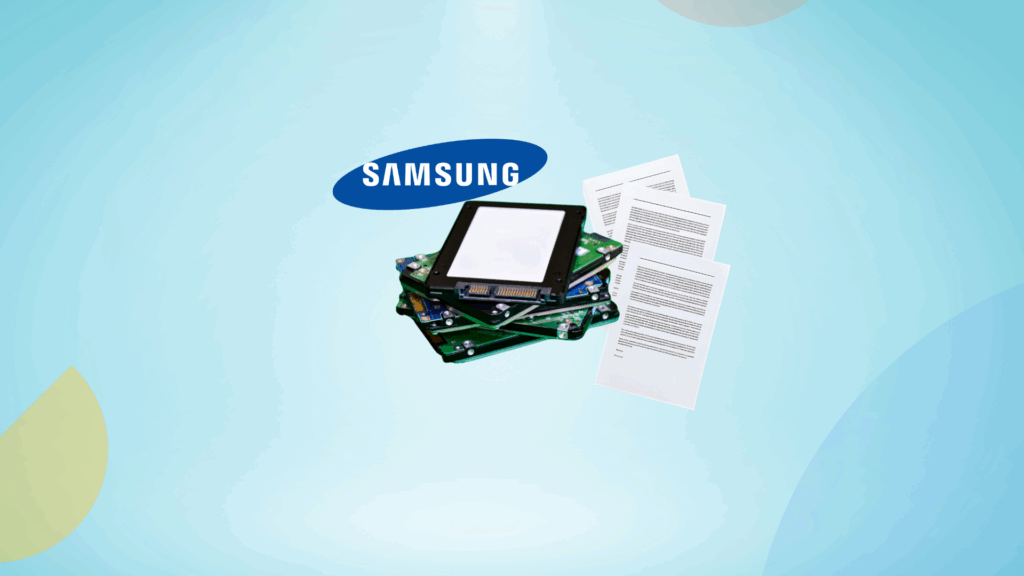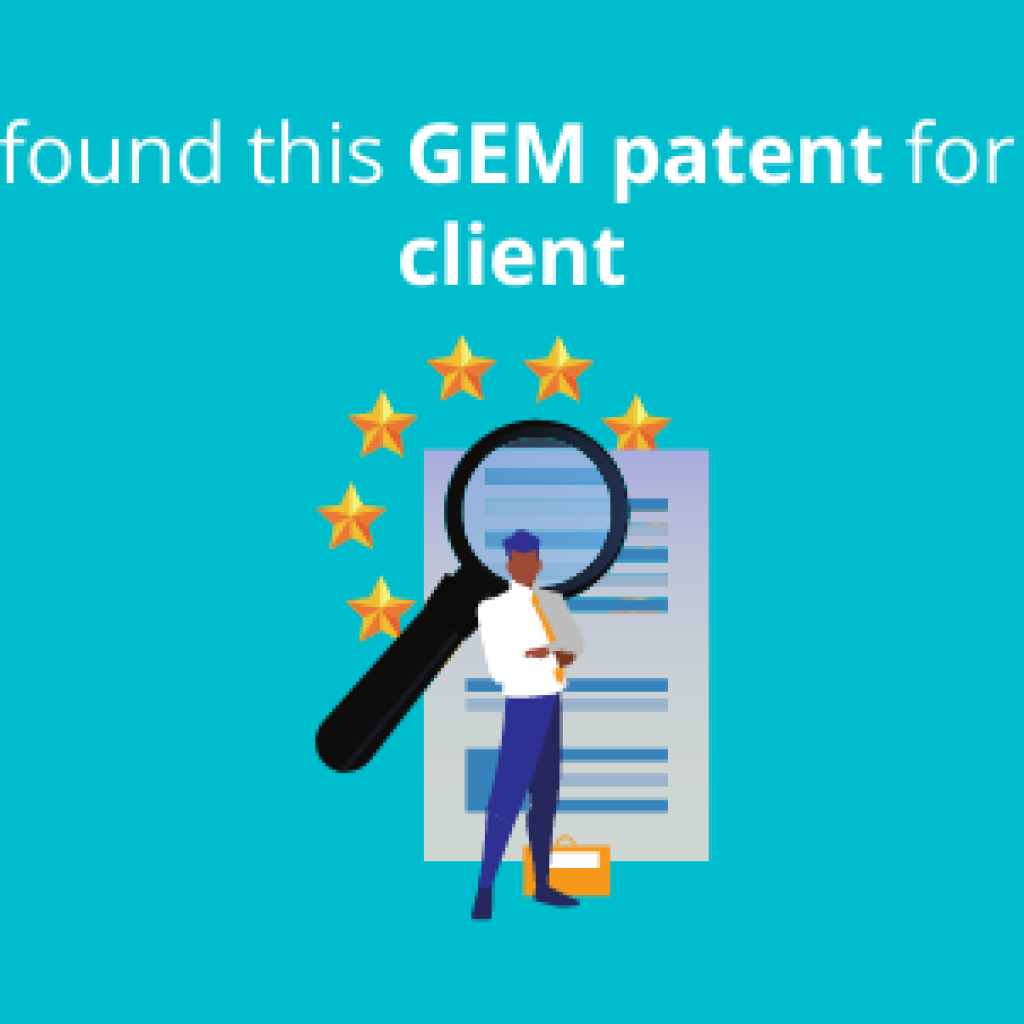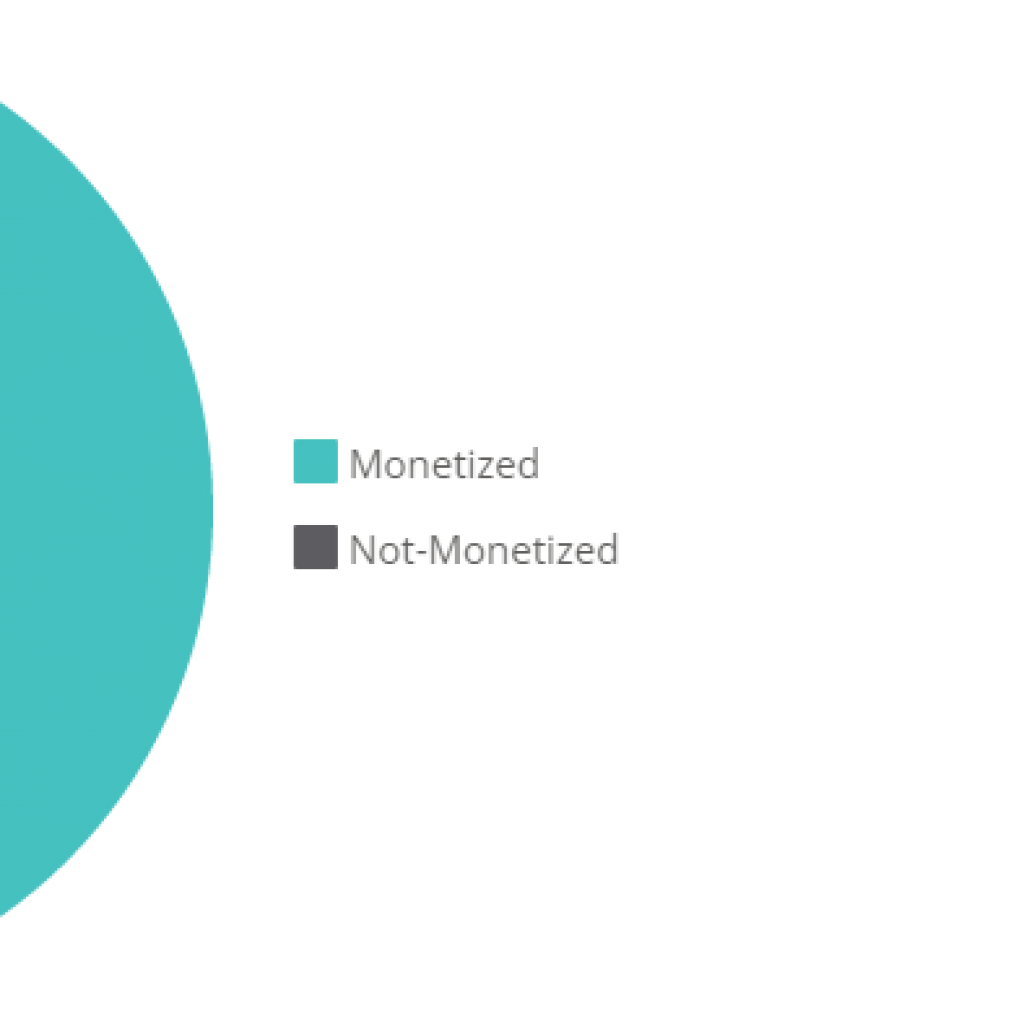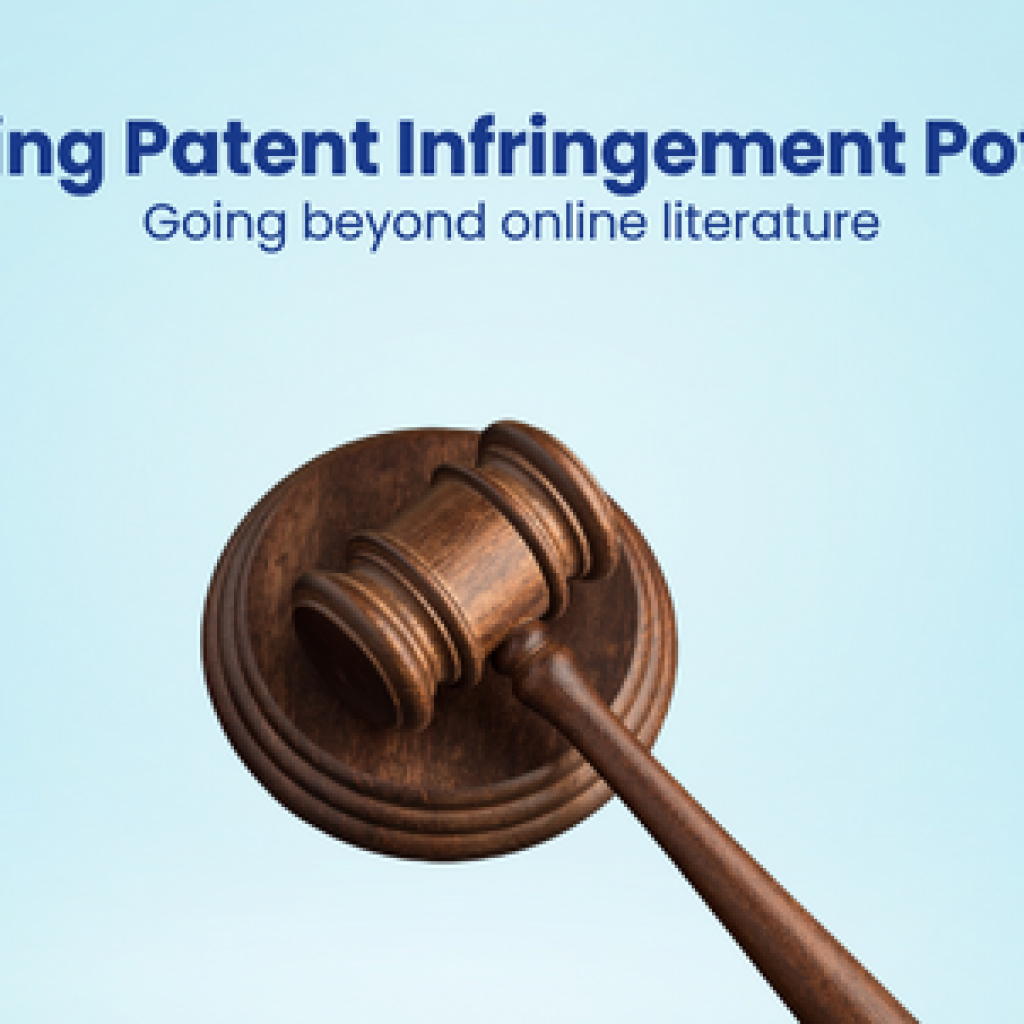If your SEP licensing efforts are falling short of expectations due to licensee rebuttals, it’s time to rethink your approach. One common misstep is focusing only on a single stage of 3GPP standards when preparing claim charts. This leaves important details out, creating gaps that licensees can challenge, such as missing technical explanations or incomplete coverage of how the patented technology is implemented. These oversights weaken your position and make it harder to justify the true value of your patents during negotiations.
| “Thank you for your suggestion. I would prefer mapping with both Stage-2 and Stage-3 3GPP specifications wherever possible while generating claim charts. I agree it will be a stronger mapping with stage 2 and 3 specifications.” -Head of Telecommunication SEP Strategy of a leading telecom company |
This article emphasizes the importance of incorporating both Stage-2 and Stage-3 details in EoU claim charts, strengthening their litigation-grade quality and boosting the market value of SEP patents. By dissecting the technical intricacies of these stages, you ensure that the claims are comprehensive and difficult to design around, with minimal risk of rebuttal from potential licensees.
The power of incorporating Stage-2 and Stage-3 specifications during SEP Licensing
Stage 2 is like a rough plan for designing a machine, showing what it should do and how its parts will work together. Stage 3 is like a detailed instruction manual that explains exactly how to build and operate that machine step by step.
Combined, these two stages provide a solid foundation for creating claim charts.
Stronger enforcement through detailed mapping
Claim charts based on Stage-3 specifications include specific technical details, such as precise signaling protocols and procedures. This makes it much harder for other companies to argue that their products operate differently.
When a claim chart maps a product’s functionality to a Stage-3 protocol, like the NSSAI usage in 5G standards, it demonstrates exact alignment. For example, Section 4.6 of 3GPP TS 24.501 focuses on these protocol-level details.
This level of detail leaves little room for dispute, making the chart more defensible in litigation and more convincing during licensing negotiations.
Smarter patent portfolio management
Including Stage-1 and Stage-2 specifications adds value by providing a complete view of a patent’s connection to broader architectural goals and foundational requirements.
Taking the same example of NSSAI usage in 5G standards.
- Stage 1: Defines what Network Slicing should achieve. For example, Section 6.1.2 of 3GPP TS 22.261 explains the general requirements.
- Stage 2: Describe how Network Slicing will work logically, such as defining the Network Slice Management Function (NSMF). This is covered in Section 5.15 of 3GPP TS 23.501.
By comparing the overlap across all three stages, it becomes easier to identify which patents are strategic and which are less impactful. For example, a patent tied to Stage-1 building blocks but lacking Stage-3 implementation details may be less valuable for enforcement.
This evaluation helps organizations retain high-value patents for licensing and prune less relevant ones, reducing maintenance costs and focusing resources on assets with the strongest potential.
How and when to use specific 3GPP stage during portfolio evaluation
| 3GPP | Phase 1 Initial Patent Screening | Phase 2 Functional Analysis | Phase 3 Detailed Infringement Mapping |
| Objective | Identify patents relevant to the technology by understanding its high-level requirements and functionalities. | Map patent claims to the functional architecture and interactions within the system. | Conduct a thorough analysis by mapping patent claims to the specific implementation details. |
| Usage | Stage 1 documents are key in this phase. They define the broad service requirements and user needs, setting the stage for understanding the technology’s goals. How It Works: Use Stage 1 documents to filter patents based on how well they align with the technology’s general objectives and functionalities. This is especially important for early-stage patent mapping, where you need to assess the technology’s scope and coverage. | Stage 1 documents are key in this phase. They define the broad service requirements and user needs, setting the stage for understanding the technology’s goals. How It Works: Use Stage 1 documents to filter patents based on how well they align with the technology’s general objectives and functionalities. This is especially important for early-stage patent mapping, where you must assess the technology’s scope and coverage. | Stage 3 documents are critical for detailed infringement analysis. These documents specify the exact technical details, including protocols, signaling messages, and procedural steps needed for implementation. How It Works: In this phase, analyze Stage-3 documents to identify precise matches between the patent claims and the technical specifications of the standard. This mapping is vital for building a strong case for infringement or non-infringement by providing concrete evidence of how a patent matches the implementation. |
| Approach | Compare broad patent claims with user requirements and service descriptions in Stage-1 documents to quickly filter out non-relevant patents. | Use Stage 2 to map patented features to the system’s architecture. Stage 2 provides detailed functional descriptions and diagrams that help you pinpoint areas of potential infringement related to system operations and interactions. | Use Stage-3 documents to perform a detailed analysis, identifying exact matches between patent claims and protocol-level specifications, signaling, and procedures. This mapping ensures the patent is fully standardized and aligned with current products, making it more enforceable and valuable in legal or licensing scenarios. |
Let’s understand the framework’s applicability to the handover process in LTE/5G networks.
The handover process ensures seamless connectivity when a user’s device transitions between network nodes. Like Network Slicing, the handover process progresses through all three stages of 3GPP standards:
In stages 1 and 2, the handover process is described at a higher level and focuses on the overall system architecture and functional requirements of networks.
(3GPP TS 36.300, Section 10.2.2)
In Stage 3, the handover process is detailed regarding the specific protocol messages and procedures at the radio resource control (RRC) layer. Stage 3 focuses on the actual signaling and procedural steps between the UE and the network.
(3GPP TS 36.331, Section 5.4)
Example Patent: US9232452B2
US9232452B2 (mapping with both stage 2 and stage 3 3GPP specifications)
| US9232452B2 : Claims | Mapping |
| 1. A method of handling an inter-radio access technology, hereinafter called RAT, handover for a mobile device, the method comprising: | STAGE 3 5.4.2 Handover to E-UTRA 5.4.2.1 General Figure 5.4.2.1-1: Handover to E-UTRA, successful The purpose of this procedure is to, under the control of the network, transfer a connection between the UE and another Radio Access Network (e.g., GERAN or UTRAN) to E-UTRAN. 5.4.2.2 Initiation The RAN using another RAT initiates the Handover to E-UTRA procedure, in accordance with the specifications applicable for the other RAT, by sending the RRCConnectionReconfiguration message via the radio access technology from which the inter-RAT handover is performed. Source: TS 36.331 3GPP TSG RAN E-UTRA Radio Resource Control (Stage 3) STAGE 2 10.2 Inter RAT … 10.2.2 Handover Inter-RAT HO is designed so that changes to GERAN, UTRAN, and NR are minimized. This can be done by following the principles specified for GERAN to/from UTRAN intersystem HO. In particular the following principles are applied to E-UTRAN Inter RAT HO design: 1. Inter RAT HO is network controlled through source access system. The source access system decides about starting the preparation and provides the necessary information to the target system in the format required by the target system. That is, the source system adapts to the target system. The actual handover execution is decided in the source system. Source: TS 36.300 3GPP TSG RAN E-UTRA ROverall description (Stage 2) |
| Clause 1 when the mobile device uses a E-UTRAN to receive a message requesting device capability corresponding to a UTRAN before the mobile device performs a handover to a target network using the UTRAN, sending a capability message comprising an INTER RAT HANDOVER INFO message to a serving network using the E-UTRAN; and | STAGE 3 5.6 Other … 5.6.3 UE capability transfer 5.6.3.1 General Figure 5.6.3.1-1: UE capability transfer The purpose of this procedure is to transfer UE radio access capability information from the UE to E-UTRAN …. 5.6.3.3 Reception of the UECapabilityEnquiry by the UE The UE shall: 1. set the contents of UECapabilityInformation message as follows: 2. if the ue-CapabilityRequest includes ‘eutra’:3> include the UE-EUTRA-Capability within a ue-CapabilityRAT-Container and with the rat-Type set to ‘eutra’; … 2. if the ue-CapabilityRequest includes ‘utra’ and if the UE supports UTRA: 3. include the UE radio access capabilities for UTRA within a ue-CapabilityRAT-Container and with the rat-Type set to ‘utra’; … 1. submit the UECapabilityInformation message to lower layers for transmission, upon which the procedure ends; … Source: TS 36.331 3GPP TSG RAN E-UTRA Radio Resource Control (Stage 3) STAGE 2 18 UE capabilities RRC signaling carries AS capabilities, and NAS signaling carries NAS capabilities. When a capability ID is used as described below, the ID representing AS capabilities may be carried in NAS signaling. The UE capability information is stored in the MME. In the uplink, except for NB-IoT, no capability information is sent early in, e.g., RRCConnectionRequest message. For NB-IoT, early indications for multi-tone support (IOT bit) and multi-carrier support (IOT bit) are sent in RRCConnectionRequest-NB message. In the downlink, enquiry procedure of the UE capability is supported. The MME stores the UE Radio Capability uploaded in the UE CAPABILITY INFO INDICATION message. .… Usually, during handover preparation, the source RAN node transfers both the UE source RAT capabilities and the target RAT capabilities to the target RAN node in order to minimize interruptions and to follow the principles in clause 10.2.2. The source RAN is not mandated to acquire other RAT capabilities (i.e., other than the source and target RAT capabilities) in order to start a handover preparation. This is described in clause 19.2.2.5.6. However, there are exceptions to this principle: … – At handover from UTRAN to EUTRAN, it is optional to forward the UTRAN capabilities to the target RAN. Source: TS 36.300 3GPP TSG RAN E-UTRAN Overall description (Stage 2) |
Such detailed mapping demonstrates enforceability, ensuring the patent is fully standardized and in active use by current products.
Conclusion
Claim chart preparation during SEP licensing or even during litigation using one stage of the standard does the job. However, focusing on the standard’s most critical elements (Stage 2 and Stage 3) ensures your patents make maximum impact in SEP licensing and market negotiations.
Staying at surface-level approaches will keep the patents and their impact mediocre. The good news?
Performing SEP essentiality analysis doesn’t have to break the bank. In fact, there are smarter, cost-effective ways to ensure your portfolio stands out.
Ready to maximize your SEPs’ market value while keeping costs in check?











